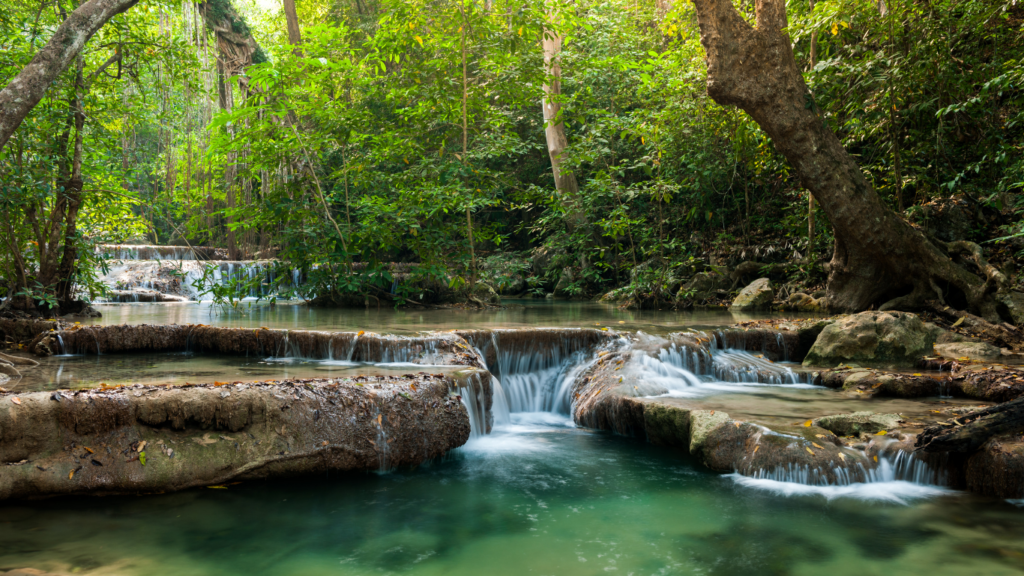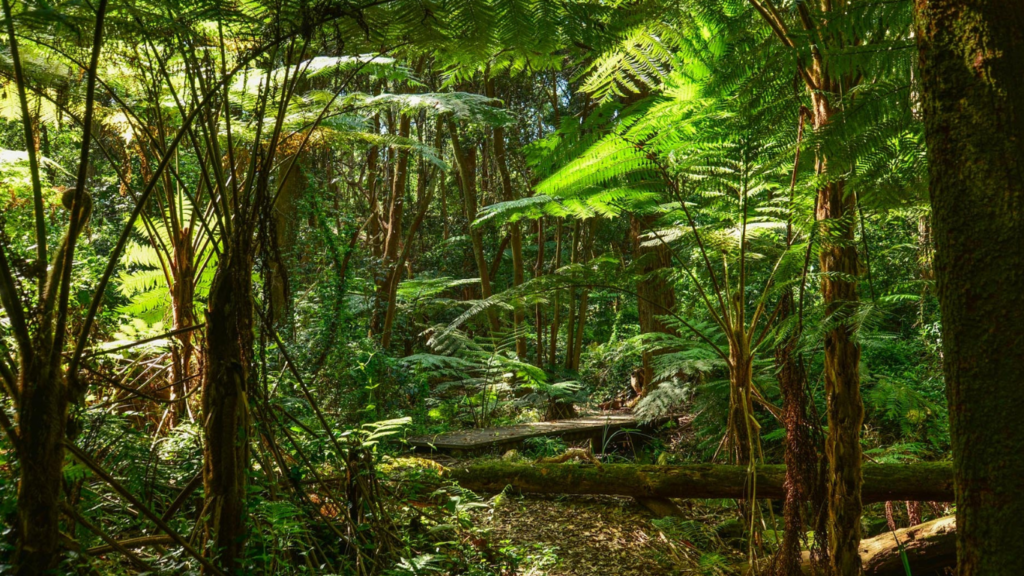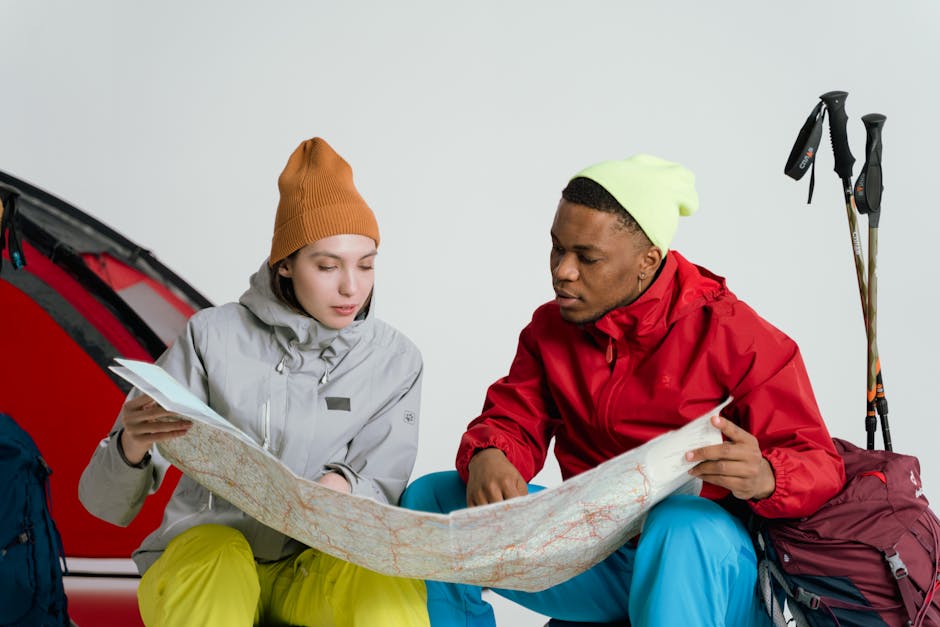Why Choose Jungle Expeditions?
Jungle expeditions offer unmatched adventure and a deep connection with nature. These experiences immerse you in environments brimming with biodiversity. You’ll encounter tropical plants and exotic wildlife up close. This chance for real-life exploration is often unavailable in urban settings.
Adrenaline and thrill are vital components of jungle expeditions. Activities include trekking through dense foliage and navigating rivers. These challenges test your physical limits and boost your confidence. Adventure seekers relish the excitement found only in the heart of the jungle.
Jungle expeditions also provide educational insights. Local guides share their knowledge about medicinal plants, animal behaviors, and conservation efforts. Learning firsthand about the ecosystem deepens your appreciation for the delicate balance of nature.
Escaping everyday life is another significant benefit. Remote jungle locations offer a break from technology and urban stress. Nature’s sounds and sights replace city noise and commotion. This peaceful environment fosters mental clarity and relaxation.
Cultural experiences enrich your journey. Indigenous communities often inhabit these jungles. Interacting with them offers unique perspectives on sustainable living and traditional practices. You gain valuable cultural knowledge, enhancing your overall experience.
Physical fitness improves through activities like hiking and swimming. Moving through the jungle terrain enhances cardiovascular health and muscular strength. This active engagement promotes a healthier lifestyle.
Jungle expeditions contribute to conservation efforts. Many tours support local conservation projects. By participating, you help preserve these environments for future generations. Your visit has a positive impact on wildlife and native habitats.
Best Time For Jungle Expeditions

Determining the best time for jungle expeditions is crucial for a successful trip. Consider seasonal variations and weather conditions to ensure safety and enjoyment.
Seasonal Considerations
Different jungle regions offer unique experiences each season. For instance, the Amazon rainforest has a wet season from December to May when high water levels allow deeper exploration. During the dry season from June to November, trails are more accessible because less rainfall reduces flooding.
In Southeast Asia, monsoon seasons, typically from June to October, bring heavy rains that can hinder access to certain areas. On the other hand, the dry season from November to February provides clear skies and manageable humidity.
Weather Patterns
Weather patterns significantly impact jungle expeditions. Temperature, humidity, and rainfall influence accessibility and safety. Tropical rainforests maintain high temperatures and humidity year-round, so prepare for intense heat and moisture.
Predict weather extremes to avoid hazardous conditions. In regions like the Congo Basin, heavy rains can cause riverbanks to overflow and trails to become impassable. Conversely, drier periods offer safer trekking conditions and better wildlife visibility. Always check forecasts and local advice before planning excursions.
Top Jungle Destinations
Explore top jungle destinations for unforgettable expeditions. Each location offers unique experiences and natural beauty.
Amazon Rainforest, South America
The Amazon Rainforest spans across Brazil, Peru, Colombia, and several other countries. It hosts diverse wildlife, including jaguars, sloths, and nearly 400 billion individual trees. Visitors can embark on river cruises, canopy tours, and guided treks. If visiting during the dry season from June to December, access to trails and wildlife spotting opportunities improves.
Borneo Rainforest, Malaysia
Borneo Rainforest covers Malaysia and Indonesia, known for its orangutans, pygmy elephants, and the endangered Bornean rhinoceros. The region’s Mount Kinabalu offers challenging hikes and panoramic views. During the dry season from March to October, travelers can enjoy clearer treks and fewer leeches.
Congo Basin, Africa
The Congo Basin spans six countries, including the Democratic Republic of Congo and Cameroon. It’s home to gorillas, forest elephants, and diverse bird species. Visitors can explore by foot or guided boat tours on the Congo River. Dry season expeditions between June and August provide better access to trails and wildlife.
Danum Valley Conservation Area, Sabah
Danum Valley in Sabah, Malaysia, is a pristine conservation area with over 300 bird species and a range of mammals like the clouded leopard. Guided night safaris offer opportunities to see nocturnal wildlife. The best time to visit is between March and October when rainfall is minimal.
Sinharaja Forest Reserve, Sri Lanka
Sinharaja Forest Reserve is a UNESCO World Heritage Site in Sri Lanka, renowned for its rich biodiversity and endemic species. It’s ideal for bird watching and exploring waterfalls. Travel from January to April when the weather is drier for an optimal experience.
Essential Gear For Jungle Expeditions
Proper gear ensures a safe and enjoyable jungle expedition. Essential items must cover clothing, survival, and navigation needs.
Clothing And Footwear
Lightweight, moisture-wicking fabrics protect against humidity and insects.
- Long sleeves and pants are crucial.
- Durable, waterproof hiking boots offer support and protection.
- Comfortable socks prevent blisters.
- A wide-brimmed hat shields against sun exposure.
Survival Gear
A quality multi-tool serves multiple purposes. A first aid kit handles minor injuries. Water purification tablets and a portable filter provide safe drinking water. A sturdy flashlight with extra batteries aids visibility. A compact emergency blanket offers warmth if needed.
Navigation Tools
A reliable GPS device ensures accurate tracking. A waterproof map and compass act as backups. A whistle and signaling mirror help in emergencies. A satellite phone provides communication in remote areas.
Health And Safety Tips
Ensuring health and safety is paramount for a successful jungle expedition. By taking the right precautions, we can enjoy these adventures while minimizing risks.
Vaccinations And Medications
Before embarking on a jungle trip, it’s essential to get the recommended vaccinations. These include Hepatitis A, Hepatitis B, Typhoid, Yellow Fever, and Rabies. The CDC offers a comprehensive guide on required vaccinations for different regions. Malaria is a serious concern in many jungles, so it’s important to take antimalarial medications. Consult a healthcare provider to get the right prescription. Carry a supply of personal medications as well, ensuring they are stored in waterproof containers.
Handling Wildlife Encounters
Wildlife encounters are inevitable in jungle expeditions. Avoid making sudden movements, loud noises, or approaching wild animals. Respect their space and observe from a distance. If you encounter a snake, back away slowly and do not attempt to touch or provoke it. In areas with large predators like jaguars, always travel in groups and make your presence known by talking or clapping. Using insect repellent with DEET helps prevent bites from insects carrying diseases like dengue and malaria.
First Aid Essentials
A well-stocked first aid kit is crucial for jungle expeditions. Include:
- bandages
- antiseptic wipes
- adhesive tape
- gauze
- tweezers
- scissors
- several types of pain relievers
Pack blister treatments, anti-diarrheal medications, and antihistamines. Waterproof your first aid supplies by storing them in sealed bags or containers. Learn basic first aid skills like wound cleaning, recognizing severe allergic reactions, and performing CPR. These skills can be lifesaving in remote jungle environments.
Sustainable Practices For Jungle Expeditions
Sustainable practices ensure that jungle expeditions minimize their environmental impact. Following these practices preserves the pristine condition of the jungle for future adventurers.
Leave No Trace Principles
Leave No Trace Principles focus on minimizing human impact on nature. Carry out all trash, including biodegradable items like fruit peels. Stick to established trails to prevent soil erosion and avoid disturbing wildlife habitats. Camp only in designated areas, using a camp stove instead of open fires. Pack out all human waste if the jungle area doesn’t provide disposal facilities.
Supporting Local Communities
Supporting local communities enhances the social and economic well-being of the regions explored. Hire local guides, as their knowledge and expertise offer significant educational value. Purchase goods and services from local vendors to contribute to the local economy. Engage respectfully with community members, adhering to their customs and traditions.




